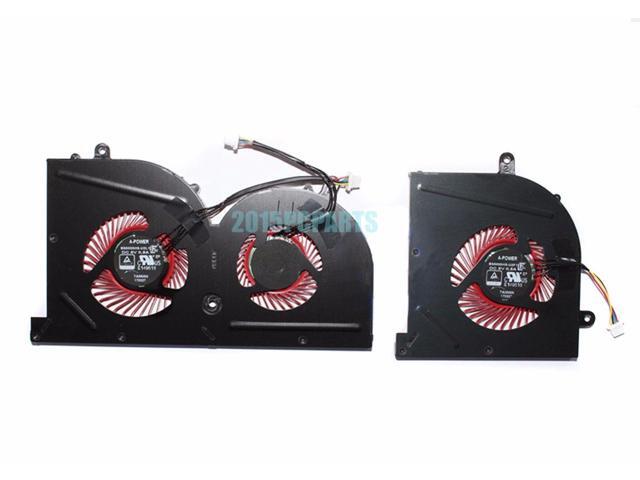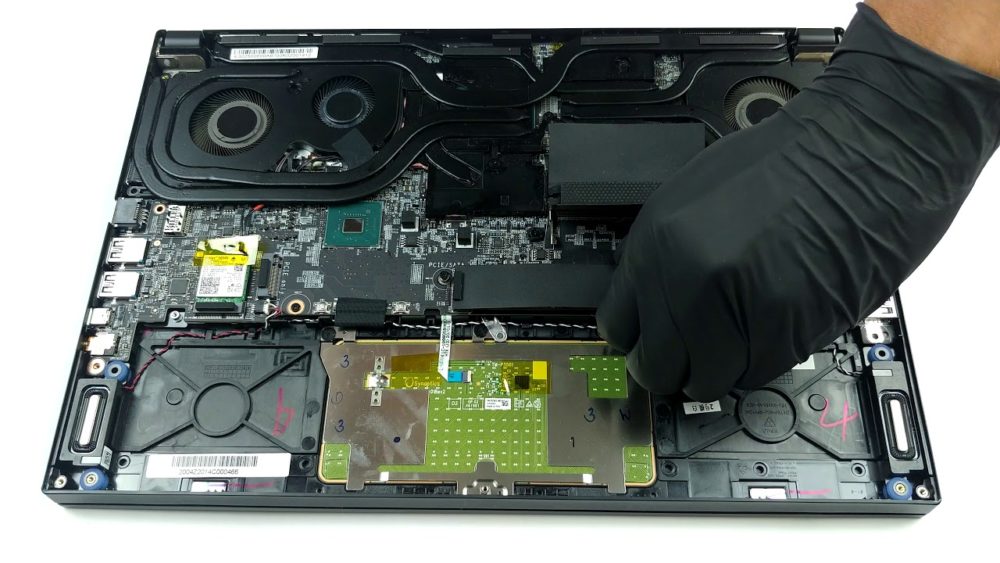
Considering the price and the high-end requirements, at least 10 GB of VRAM would be necessary in 2022 (more like 12 GB). Even today, 8 GB of GDDR6 VRAM reaches its limits at higher resolutions and detail levels from time to time.


It's very annoying that Nvidia didn't increase the video memory when refreshing the GPU. Only in the Port Royal ray tracing test does the GS66 come close to the top spot. In spite of its better configuration in terms of shaders and the like, the GS66's performance rating is roughly on par with the Eurocom Nightsky ARX15 and the Alienware x15, both of which have RTX 3070s with a TGP of 115 and 110 watts, respectively. This is also visible in the benchmark course. Therefore, the RTX 3070 Ti's potential is not taken full advantage of. MSI opted for a pretty low value with the GS66: Including Dynamic Boost, it's "only" 105 watts. Similar to the RTX 3070, the TGP of the RTX 3070 Ti ranges from 80 to 125 watts (without Dynamic Boost). However, the performance of Nvidia's current Ampere generation not only depends on the base specifications, but also heavily on the cooling system and the predefined TGP. 160) and ray tracing cores (46 vs 40) has also been increased. Furthermore, the amount of tensor cores (184 vs. Instead of 5,120 shader units, the GPU now offers 5,888 shaders, which corresponds to an increase of 15%.

With the GeForce RTX 3070 Ti, Nvidia has launched a somewhat more powerful version of the RTX 3070.


 0 kommentar(er)
0 kommentar(er)
